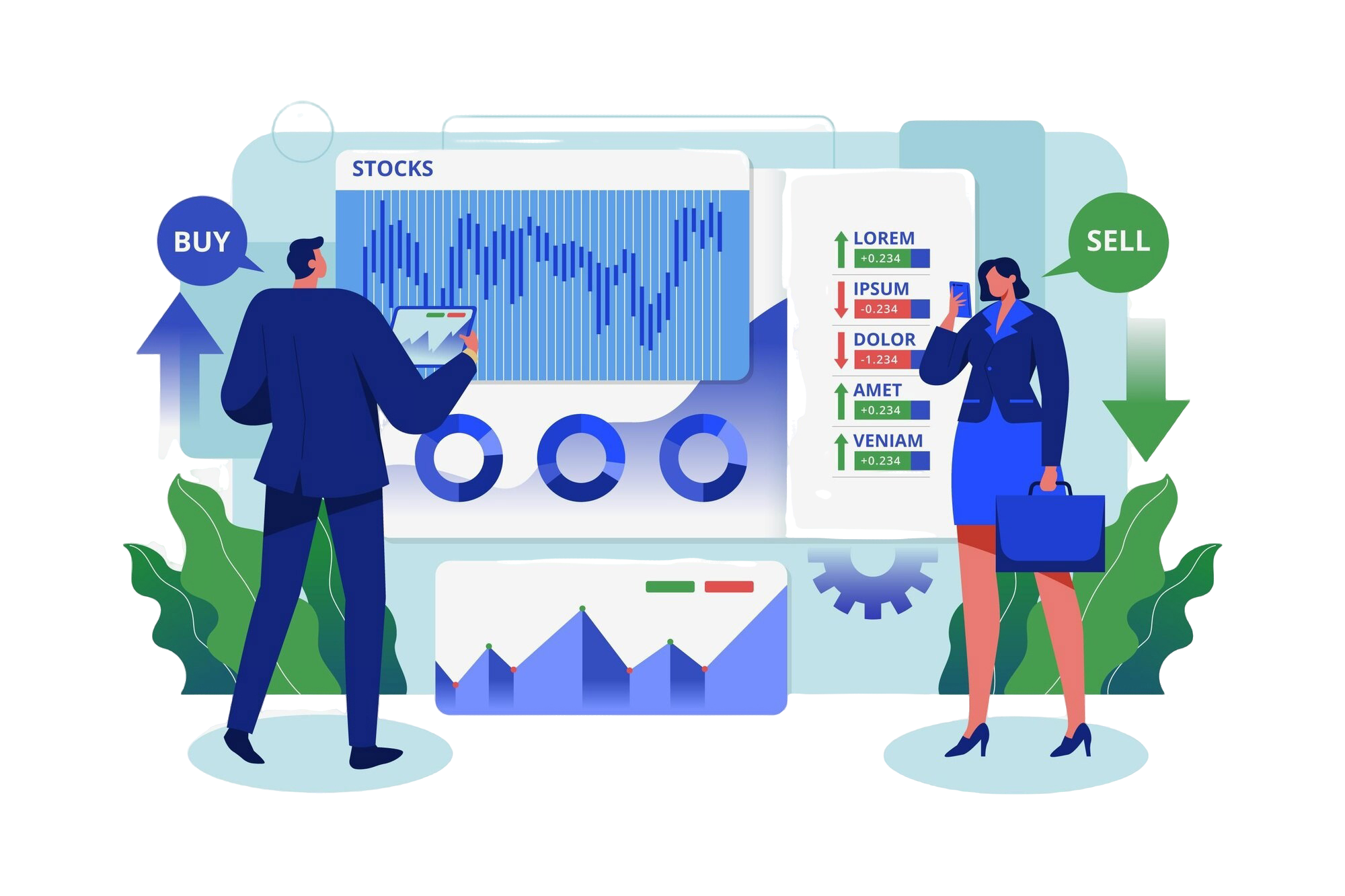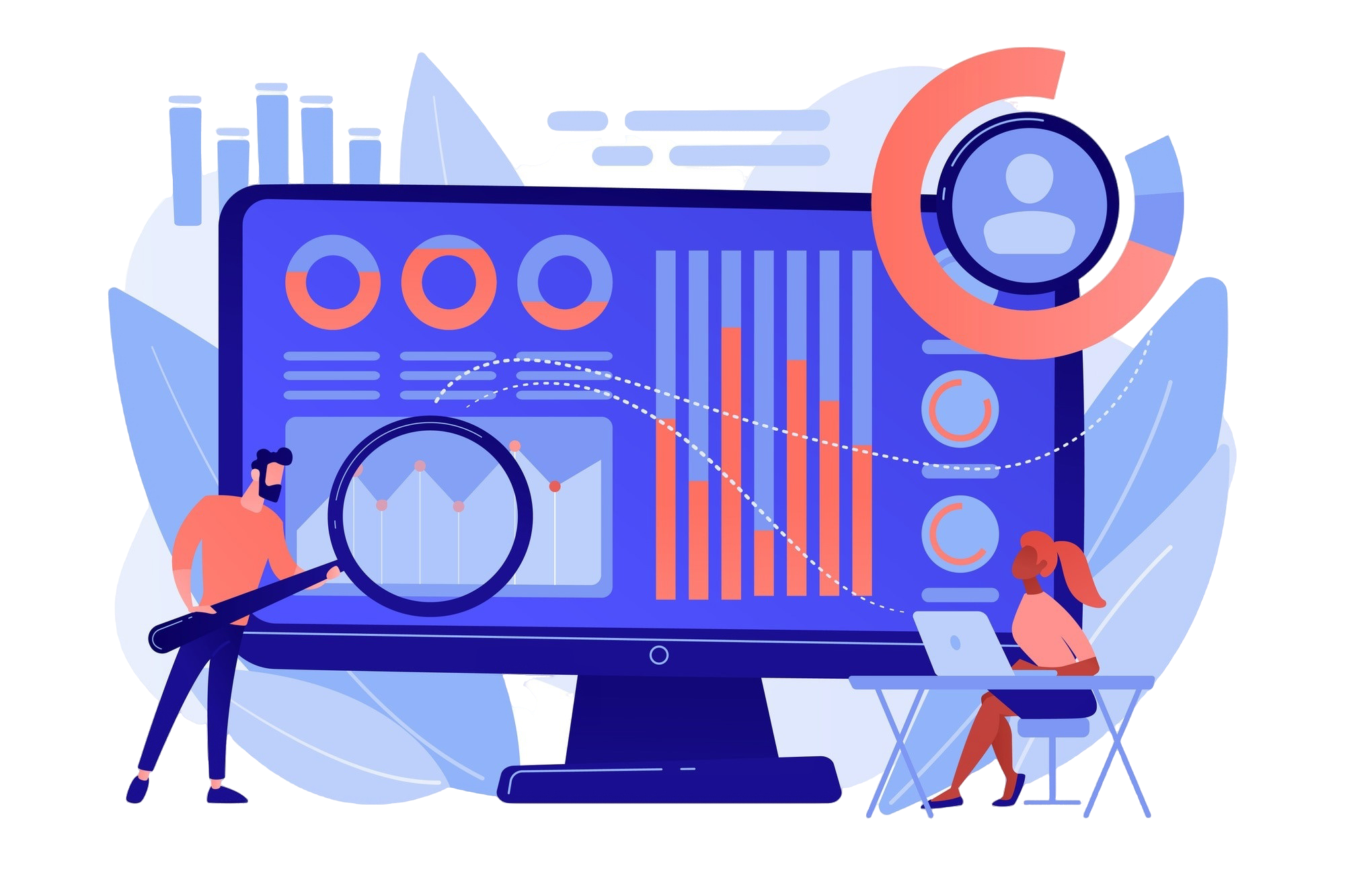Education
Basics of Trading
Learn the foundational aspects of forex trading. This section covers what forex trading is, how the market operates, key participants, and an introduction to trading platforms. Ideal for beginners, it explains essential concepts like currency pairs, pips, leverage, and market orders.

Forex trading, or foreign exchange trading, involves buying and selling currencies on the global currency market to profit from changes in exchange rates.
A currency pair is the quotation of two different currencies, such as EUR/USD (Euro/US Dollar). The first currency is the base, and the second is the quote currency.
A pip (percentage in point) is the smallest price move in a currency pair exchange rate. It is typically the fourth decimal place in most currency pairs (e.g., 0.0001).
Leverage allows traders to control a large position with a small amount of capital. For example, a 1:100 leverage means you can trade $100,000 with just $1,000 of your own money. While leverage can increase profits, it also increases risks.
The spread is the difference between the bid price (what buyers are willing to pay) and the ask price (what sellers are asking for). It’s the cost of the trade and how brokers make their money.
The forex market is affected by several factors, including economic data (GDP, employment, inflation), political events, interest rate changes, and market sentiment.
A stop-loss order is a risk management tool that closes your trade automatically if the price moves against you to a specified level. It helps limit potential losses.
A lot size is the number of currency units you buy or sell in a trade. Standard lots are 100,000 units, mini lots are 10,000 units, and micro lots are 1,000 units.
- Major Pairs: Most traded pairs that include USD (e.g., EUR/USD, GBP/USD).
- Minor Pairs: Pairs that do not include USD but involve major currencies (e.g., EUR/GBP).
- Exotic Pairs: A major currency paired with a less commonly traded currency (e.g., USD/TRY).
The amount needed to start trading forex varies based on broker requirements, trading style, and leverage. Some brokers allow trading with as little as $100, but it’s recommended to start with a more substantial amount to manage risk effectively.

Fundamental Analysis
In this section, you’ll learn how to analyze forex markets using economic and geopolitical data. Understand key indicators such as interest rates, inflation, GDP, and how these factors affect currency movements. Fundamental analysis helps traders determine the long-term strength of a currency.
Fundamental analysis involves evaluating economic, financial, and political factors to determine the long-term direction of a currency’s value.
Central banks raise or lower interest rates to control inflation, and changes in rates can have a significant impact on currency strength or weakness.
Gross Domestic Product (GDP) measures a country’s economic performance. A strong GDP growth rate usually leads to currency appreciation.
High inflation typically weakens a currency because it erodes purchasing power, whereas low inflation strengthens it.
Central banks influence forex markets by setting monetary policies, including interest rates and currency interventions.
Geopolitical events like elections, wars, and trade negotiations can cause significant volatility in currency markets due to uncertainty.
The trade balance measures the difference between a country’s imports and exports. A positive balance (surplus) can strengthen the currency, while a deficit can weaken it.
Economic indicators (like unemployment rates, retail sales, etc.) provide data about a country’s economic health and are used to predict currency movement.
Employment reports, like non-farm payrolls in the US, reflect the economic health of a country. Strong employment data usually strengthens a currency.
Quantitative easing is a policy where central banks inject money into the economy to stimulate growth. It often leads to currency depreciation.
Technical Analysis
Discover how to analyze price charts and use technical indicators to predict future currency movements. This section introduces traders to chart patterns, candlestick formations, trend lines, support and resistance levels, and common indicators like Moving Averages and RSI.

Technical analysis studies past price movements using charts and indicators to forecast future price trends.
The three most common chart types are line charts, bar charts, and candlestick charts, with candlestick charts being the most popular among traders.
A trend is the general direction in which the price of a currency pair is moving. It can be upward (bullish), downward (bearish), or sideways (range-bound).
Support is a price level where a currency pair tends to find buying interest, while resistance is a price level where selling pressure is often seen.
Moving averages smooth out price data to identify trends. The most common types are simple moving averages (SMA) and exponential moving averages (EMA).
RSI is a momentum oscillator that measures the speed and change of price movements, helping traders identify overbought or oversold conditions.
Fibonacci retracement is a technical tool used to identify potential reversal levels by measuring the distance between a significant high and low.
Candlestick patterns are formations created by the price movement during a specific period. Common patterns include Doji, Hammer, and Engulfing.
Volume indicates the number of transactions for a currency pair. High volume usually confirms a trend, while low volume can suggest a reversal or lack of interest.
breakout occurs when the price moves beyond a defined support or resistance level with increased volume, signaling a potential new trend.
FAQs
PM Financials is an online forex and CFD broker, offering traders a reliable and secure platform for trading various assets, including forex, metals, energies, indices, shares, and commodities. The platform provides competitive spreads, low commissions, and high leverage for enhanced trading experiences.
Lorem ipsum is simply dummy text of the printing and typesetting industry, lorem ipsum has been the industry’s standard dummy, when an unknown printer took a galley of type and scrambled it to make a type specimen book
Lorem ipsum is simply dummy text of the printing and typesetting industry, lorem ipsum has been the industry’s standard dummy, when an unknown printer took a galley of type and scrambled it to make a type specimen book
Lorem ipsum is simply dummy text of the printing and typesetting industry, lorem ipsum has been the industry’s standard dummy, when an unknown printer took a galley of type and scrambled it to make a type specimen book











